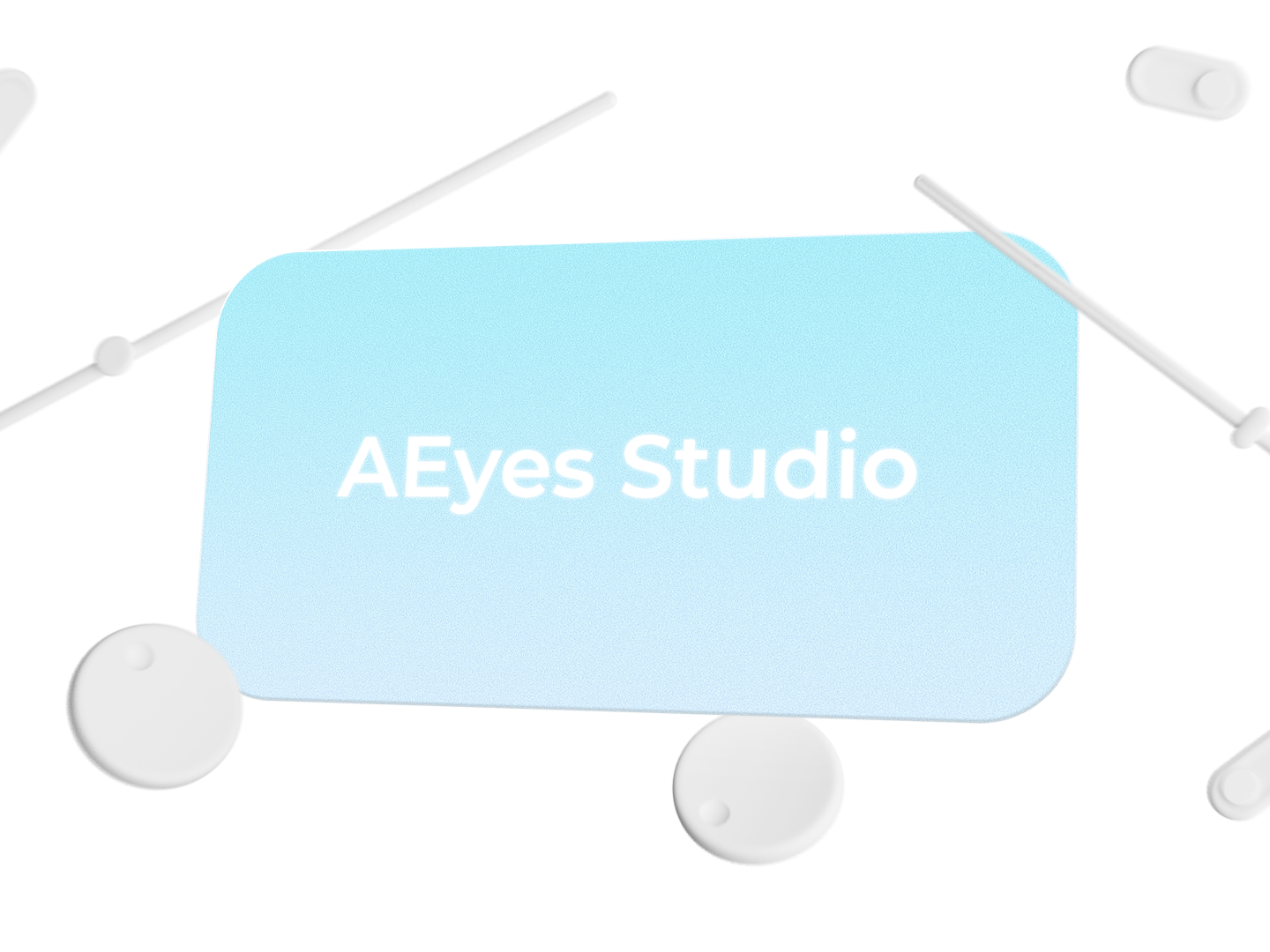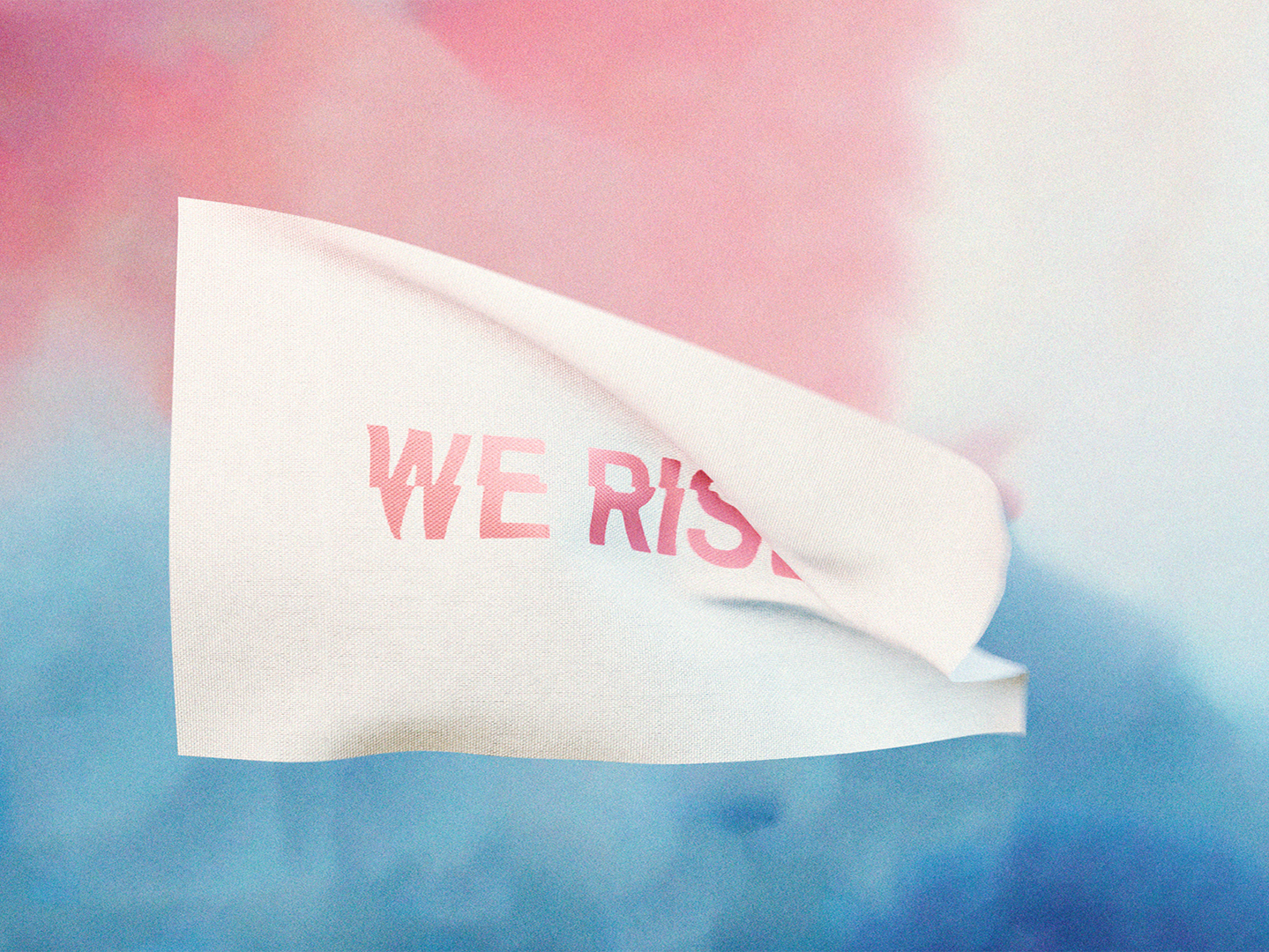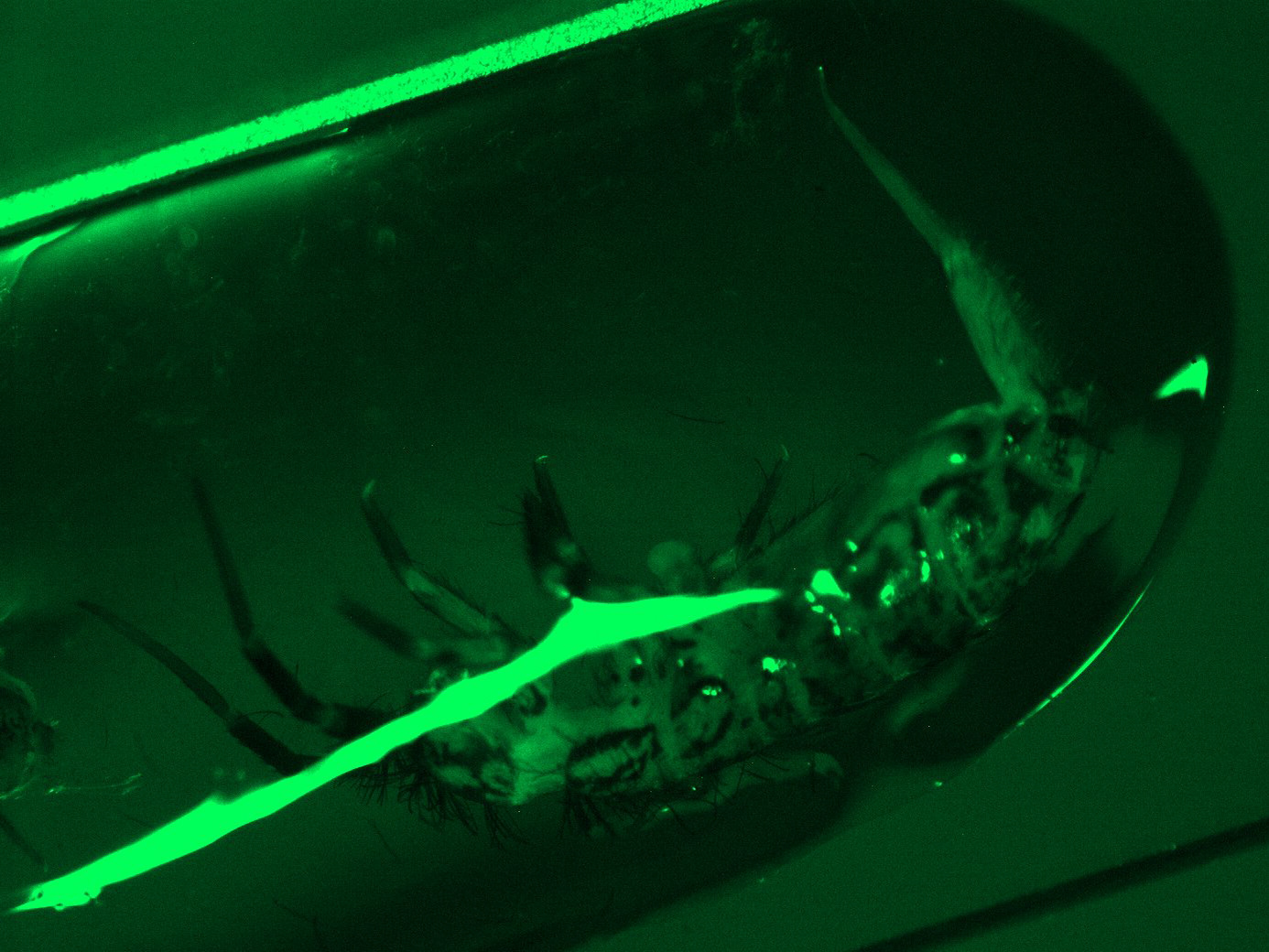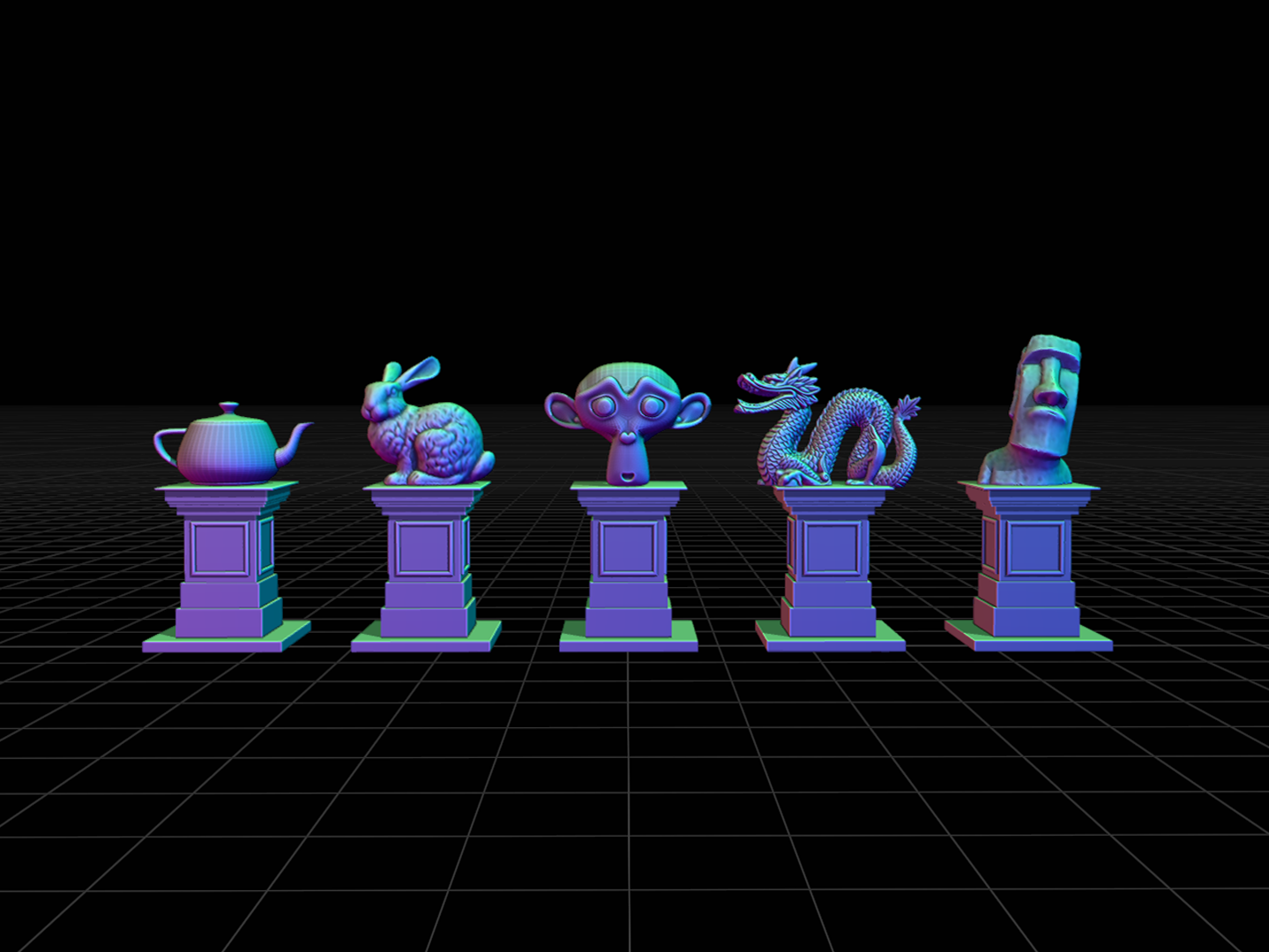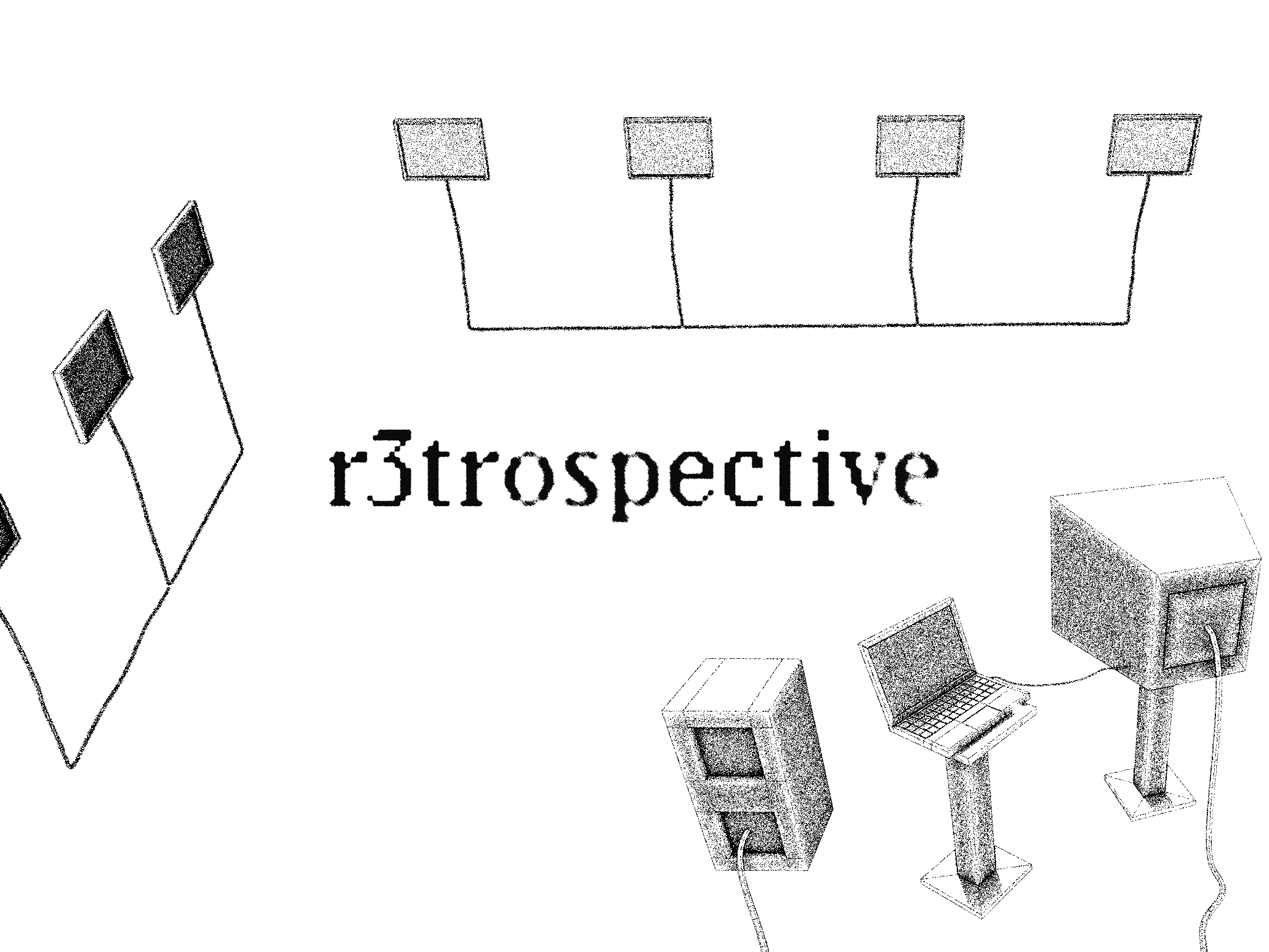Mediocracy, a short film by Jordan I. Cardoso, presents a chilling dystopian future where music is banned, and omnipresent surveillance dictates everyday life. To complement its world premieres (first in Los Angeles, then in Paris) I collaborated with Jordan to create an artistic installation that immerses guests into the film’s oppressive atmosphere.
Main CCTV Camera (digitized through photogrammetry)
The installation consists of CRT screens and oversized surveillance cameras, scanning and tracking guests as they enter the screening room. A custom AI program developed in Python detects faces and displays each person’s name in real-time beneath their image.
Sony PVM with alternative visuals
The installation is a direct reference to George Orwell’s 1984 and its infamous telescreens, drawing a parallel between fiction and reality. In the film, surveillance is absolute, and the mere act of creating or enjoying music is a crime. The installation blurs the line between fiction and real-world AI-driven surveillance, forcing attendees to confront their own unease about being watched, identified, and tracked in public spaces.
Jordan I. Cardoso (director) at the Los Angeles venue
Ben Narich (producer) and Jordan I. Cardoso (director) in front of the L.A. installation
For the Los Angeles premiere, I needed a lighter alternative to the original CCTV camera, which was too heavy for transport. I therefore designed and 3D-printed a custom version, repurposing an old webcam of mine in the process.
CAD model of the custom CCTV
Assembled 3D printed custom CCTV
The face recognition system was built using Python, leveraging OpenCV for real-time video processing, dlib and deepface for facial recognition, and gstreamer to manage video streams across multiple CRT screens. The program detects and identifies guests in real time, displaying their names beneath their faces.
400+ guests publicly available dataset
Running an early version of the program
To train the model, I compiled a custom dataset of over 400 guests (present during the premieres) by scraping publicly available images online. This dataset was then processed and encoded to allow fast comparisons against live camera feeds. Optimizing inference for Raspberry Pi and embedded devices required reducing model size, optimizing pre-processing steps, and fine-tuning accuracy-speed tradeoffs to ensure seamless real-time performance.
Libraries and tools used
Beyond its artistic purpose, the installation is a timely commentary on the expansion of AI-driven surveillance in real life. In France, the government has recently authorized AI-powered monitoring systems for the 2024 Olympics, a measure that many fear will persist well beyond the event. The Mediocracy installation serves as a cautionary reflection on the growing normalization of AI-based tracking and control mechanisms.
Photo Credits: ©2024 Timo Claeys




